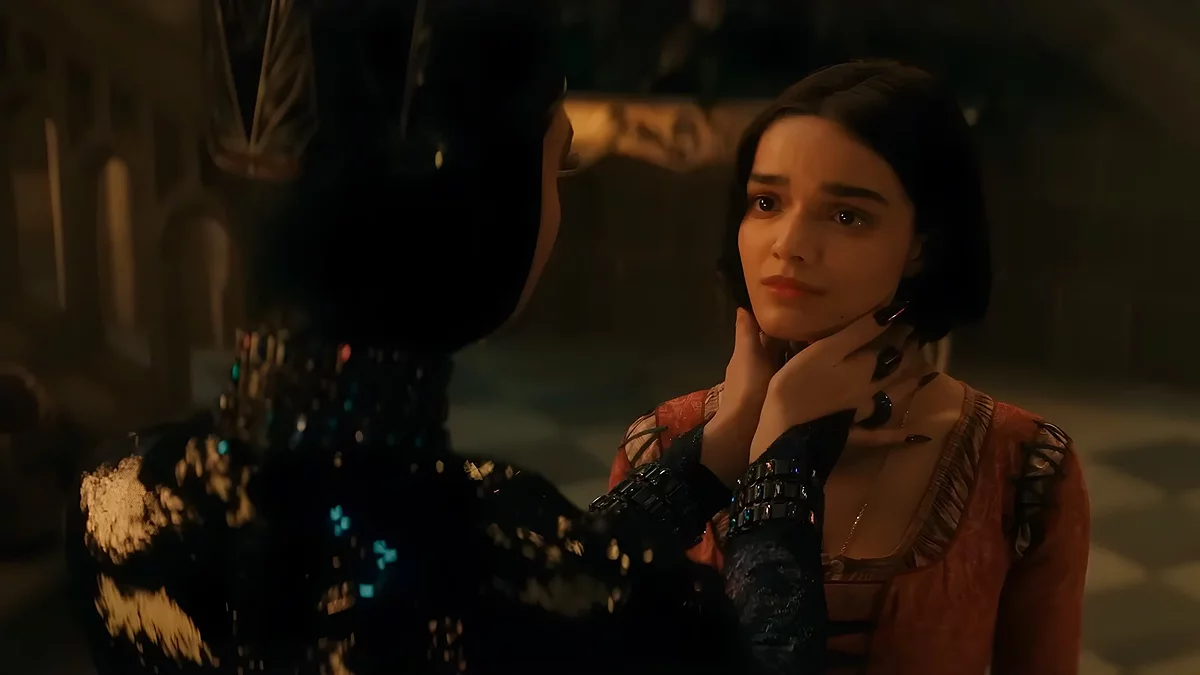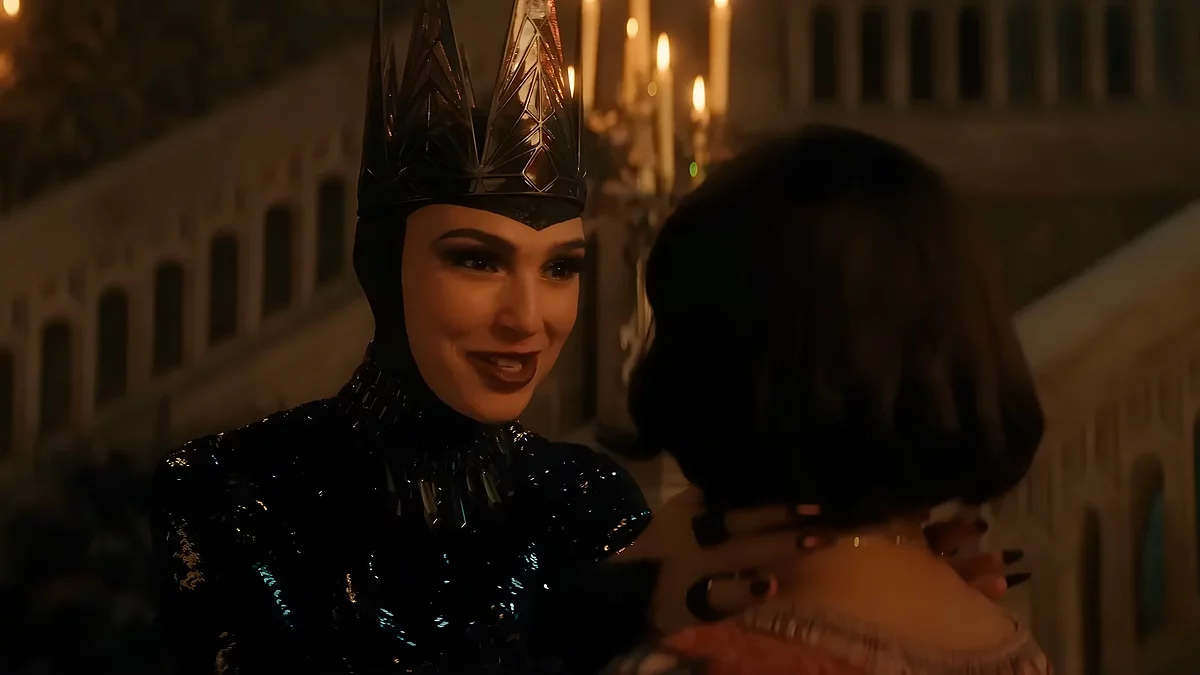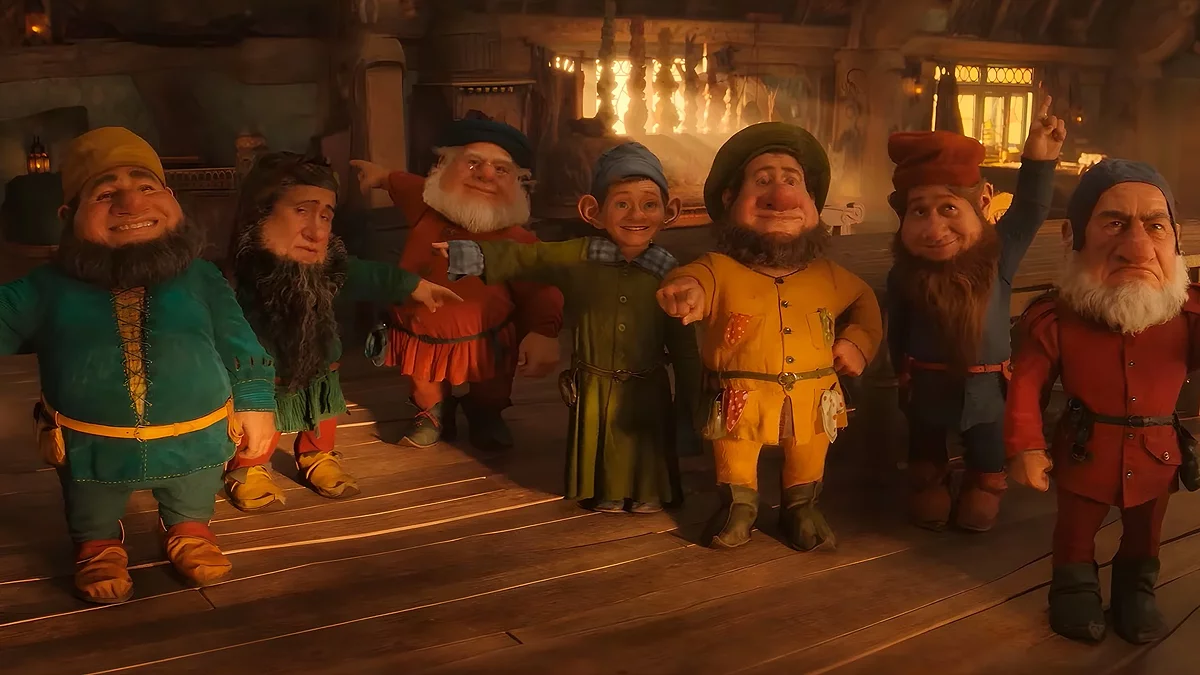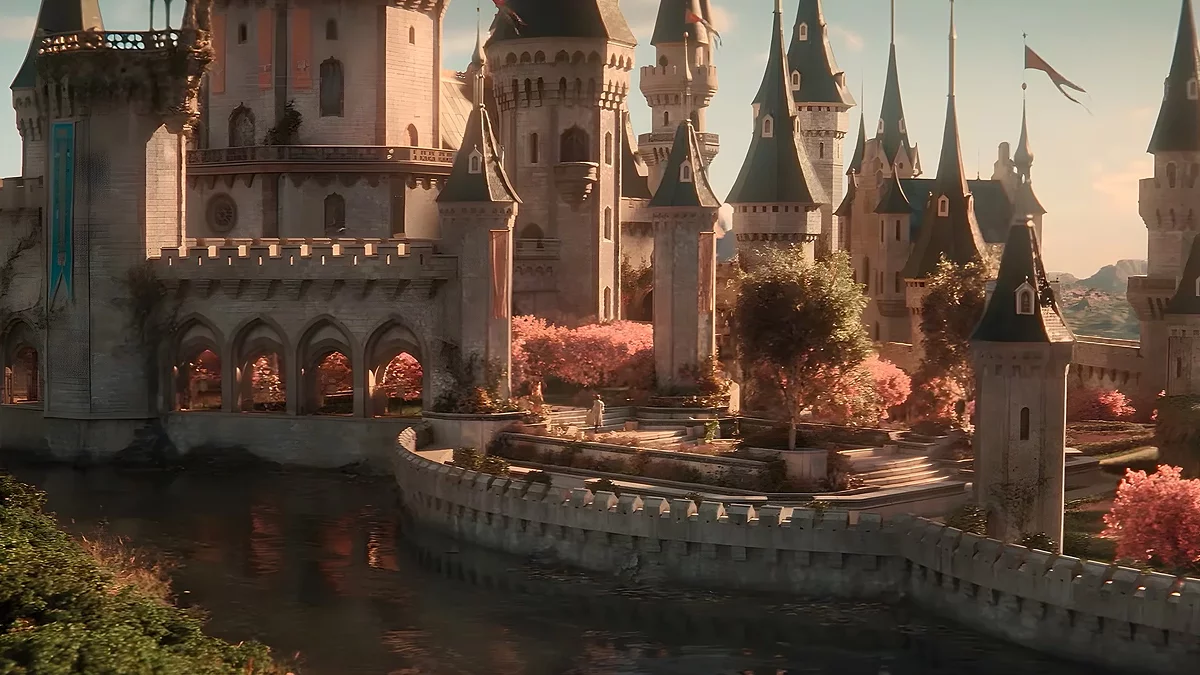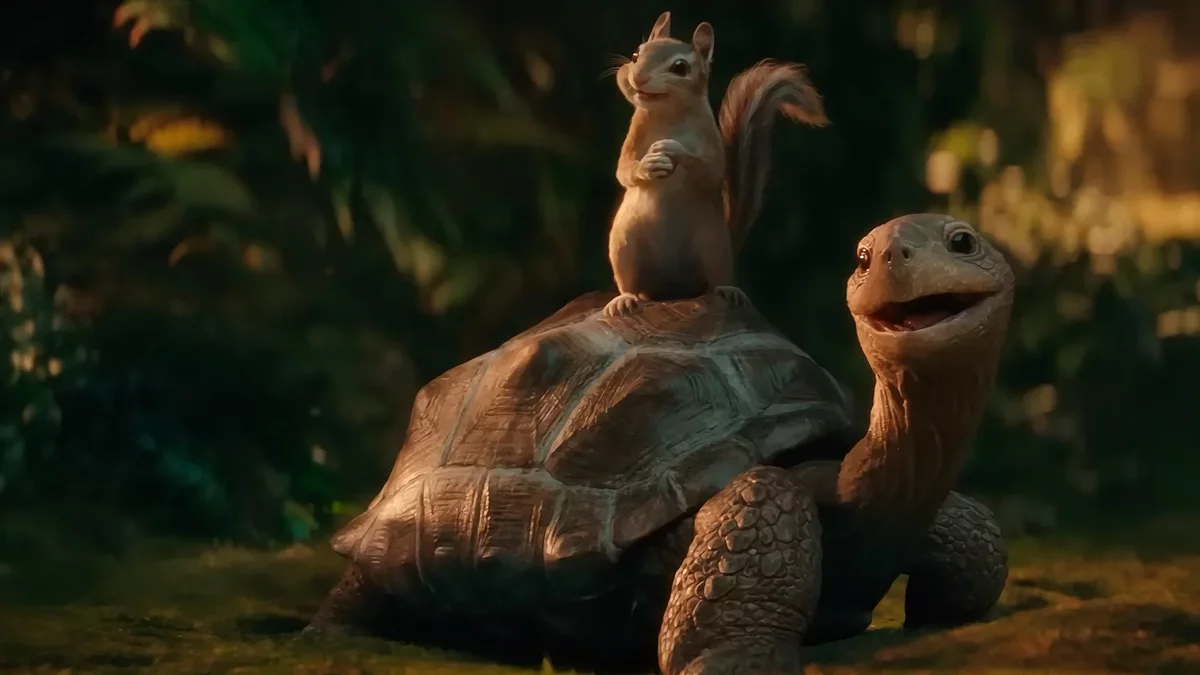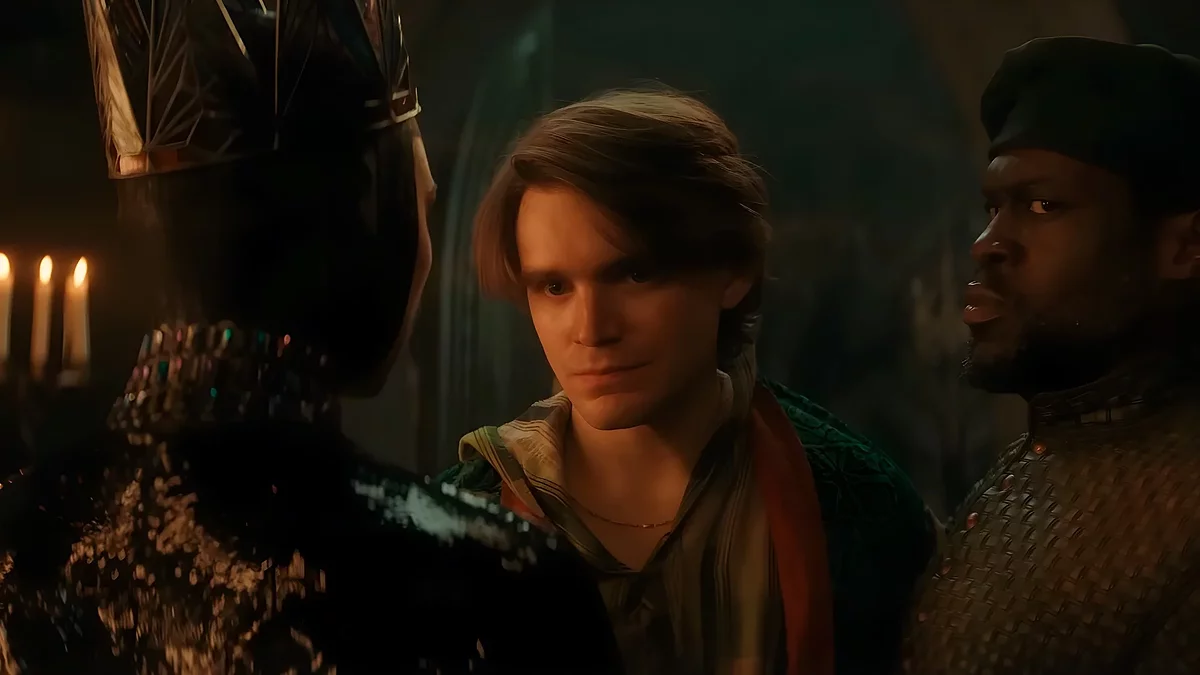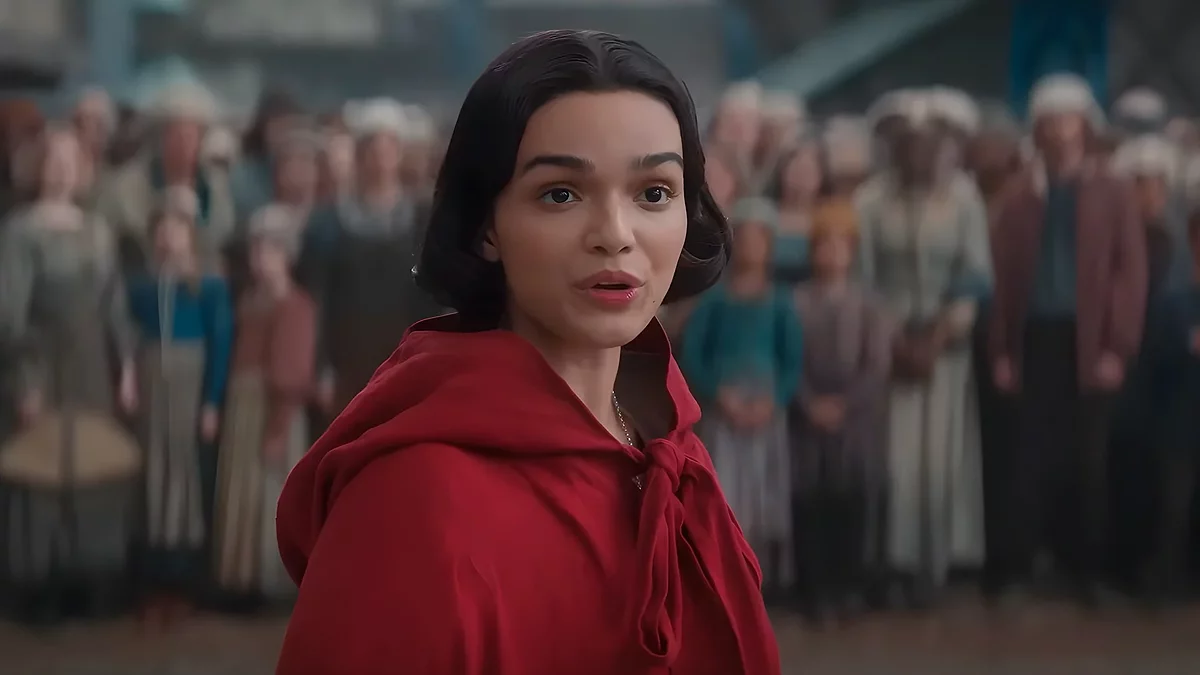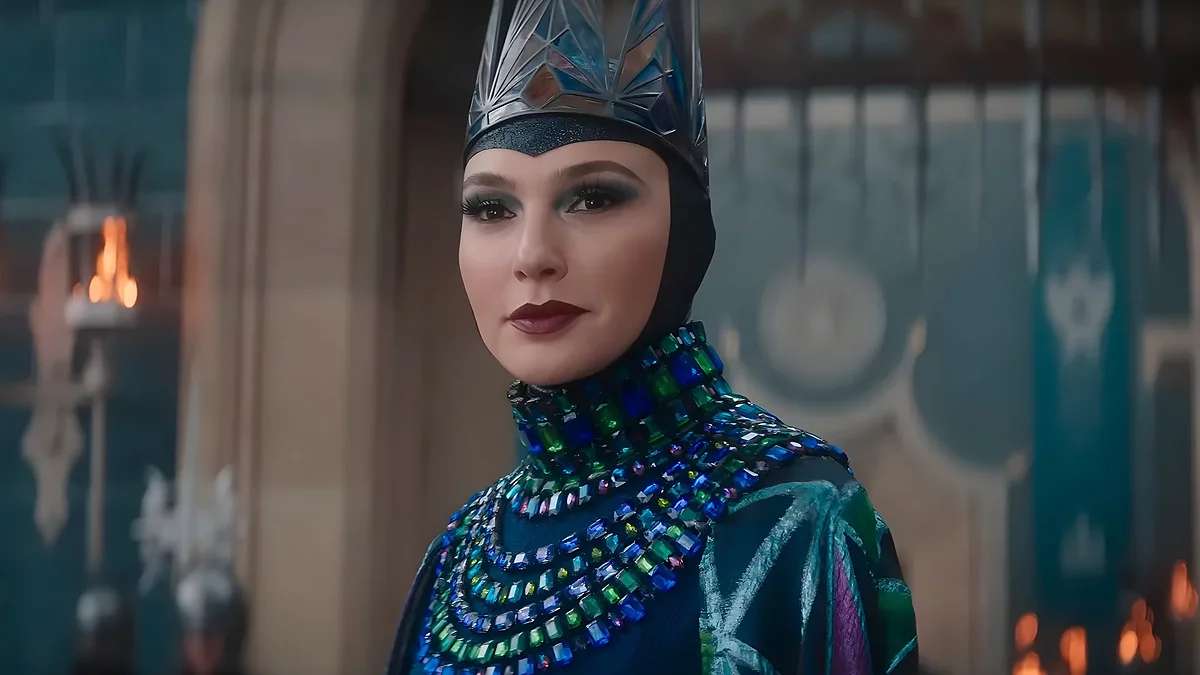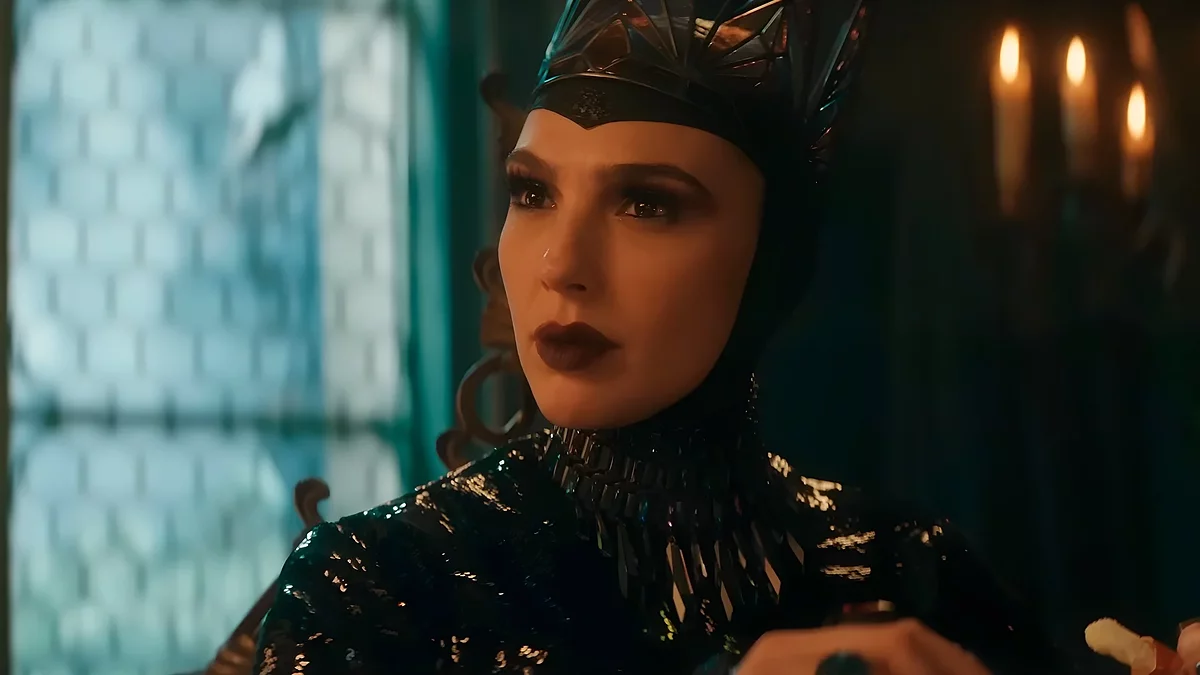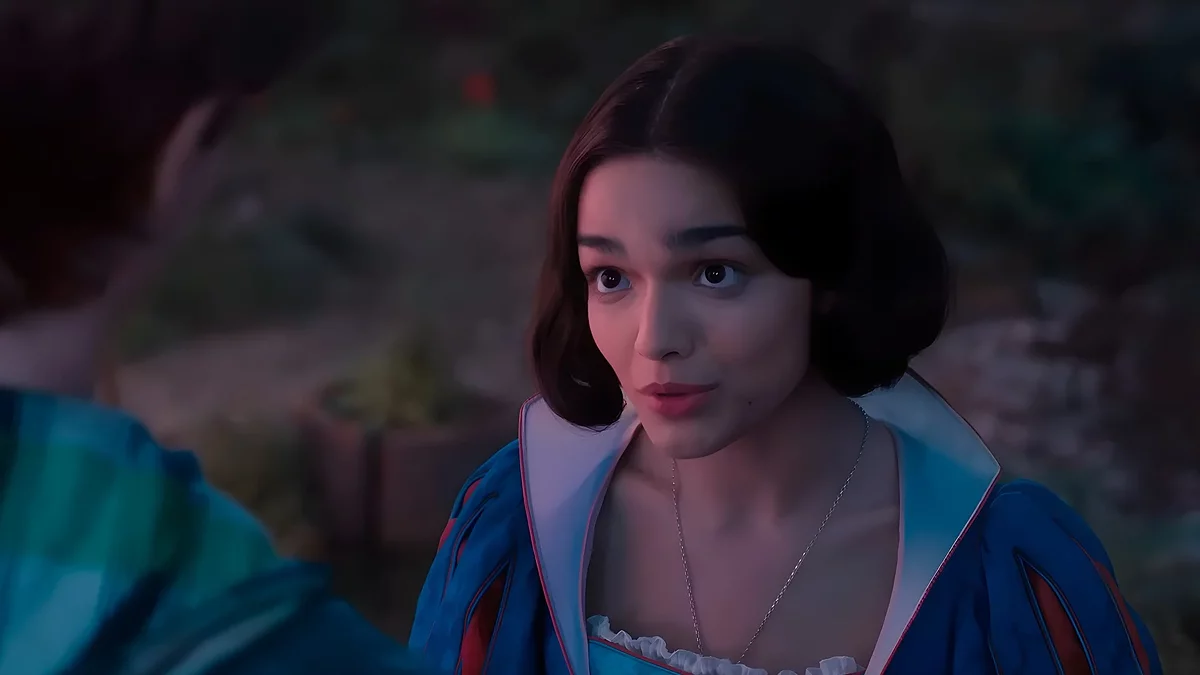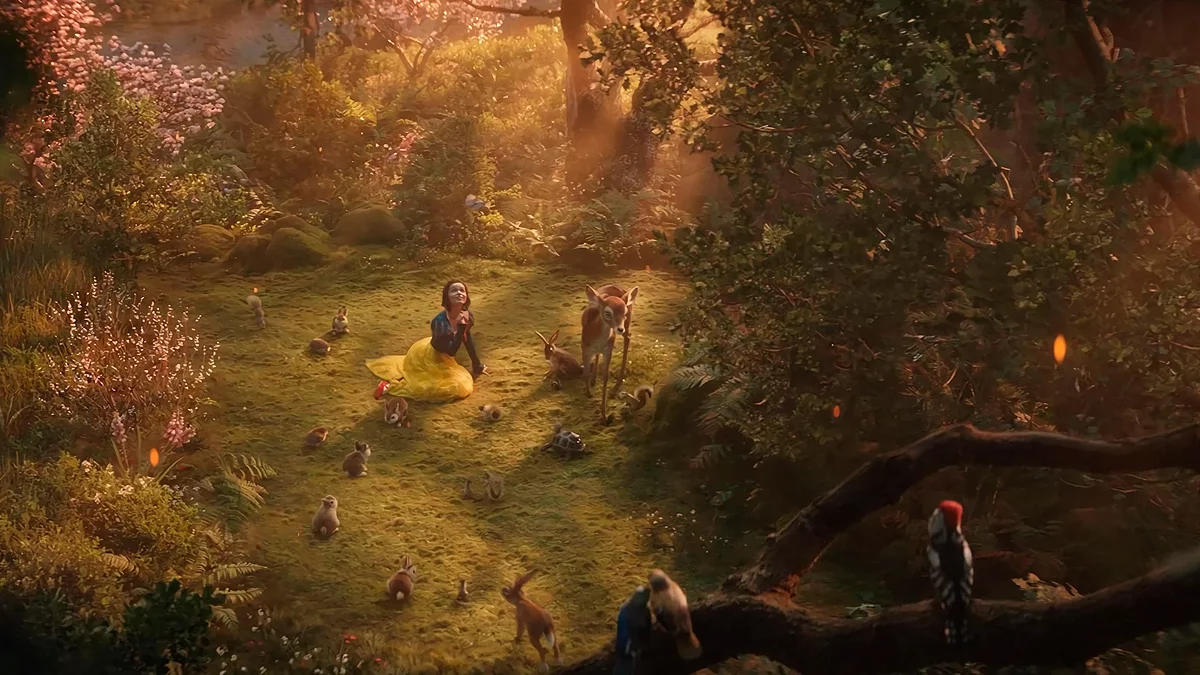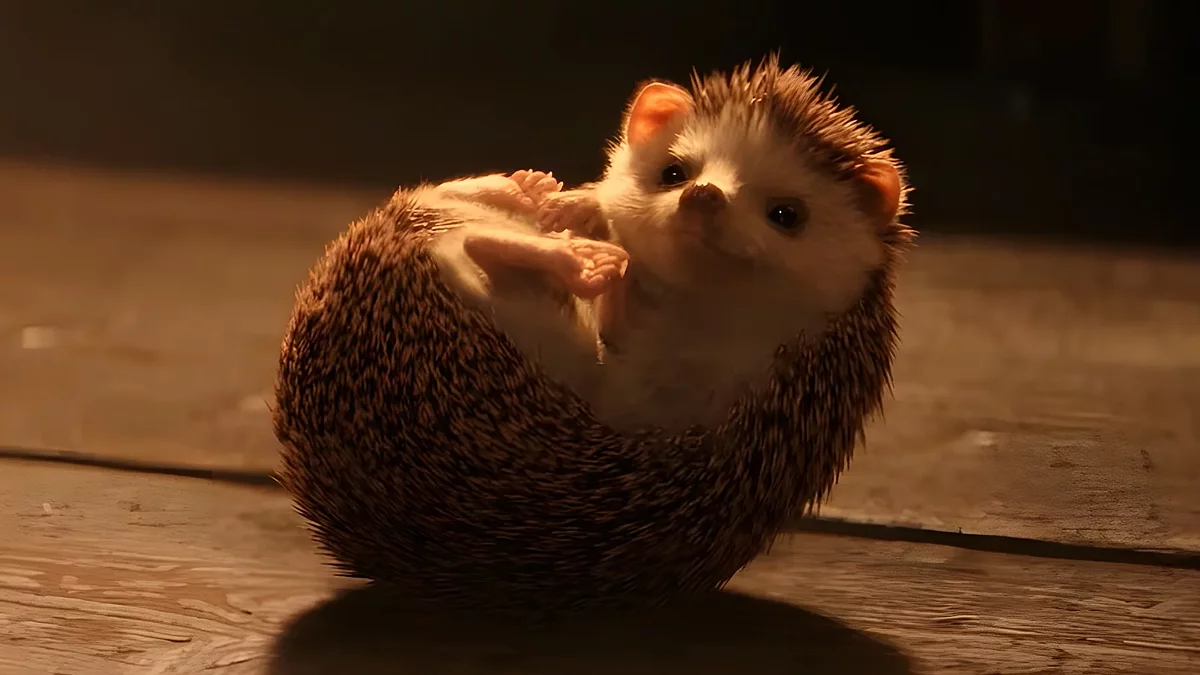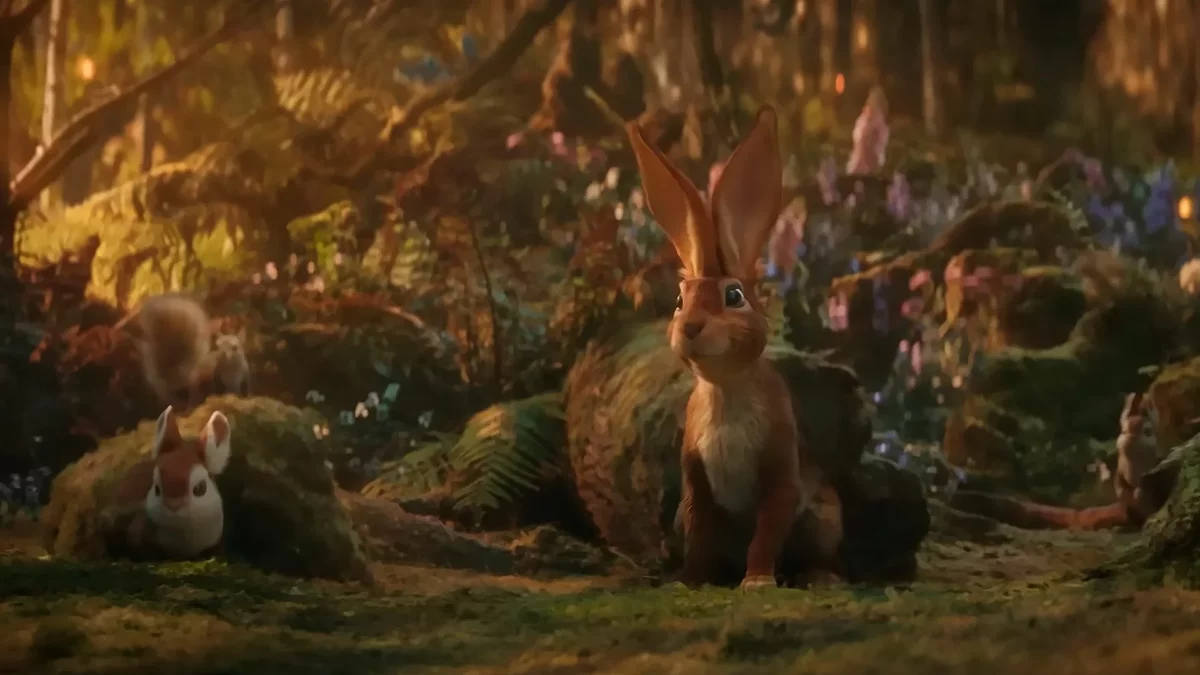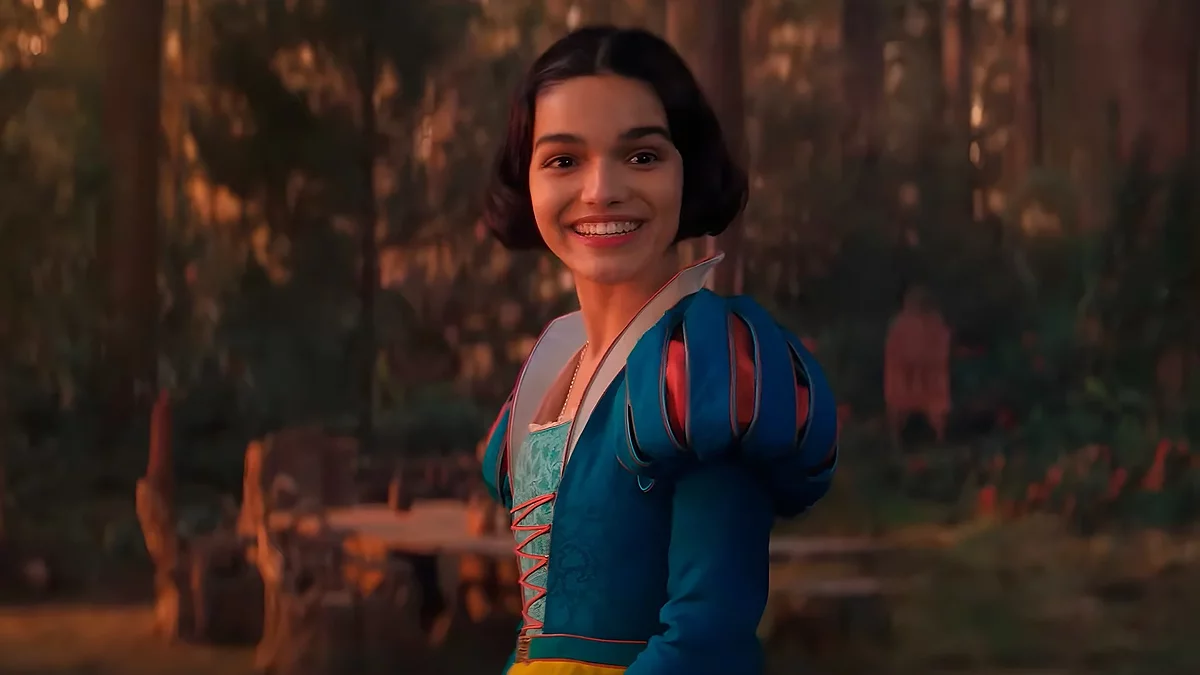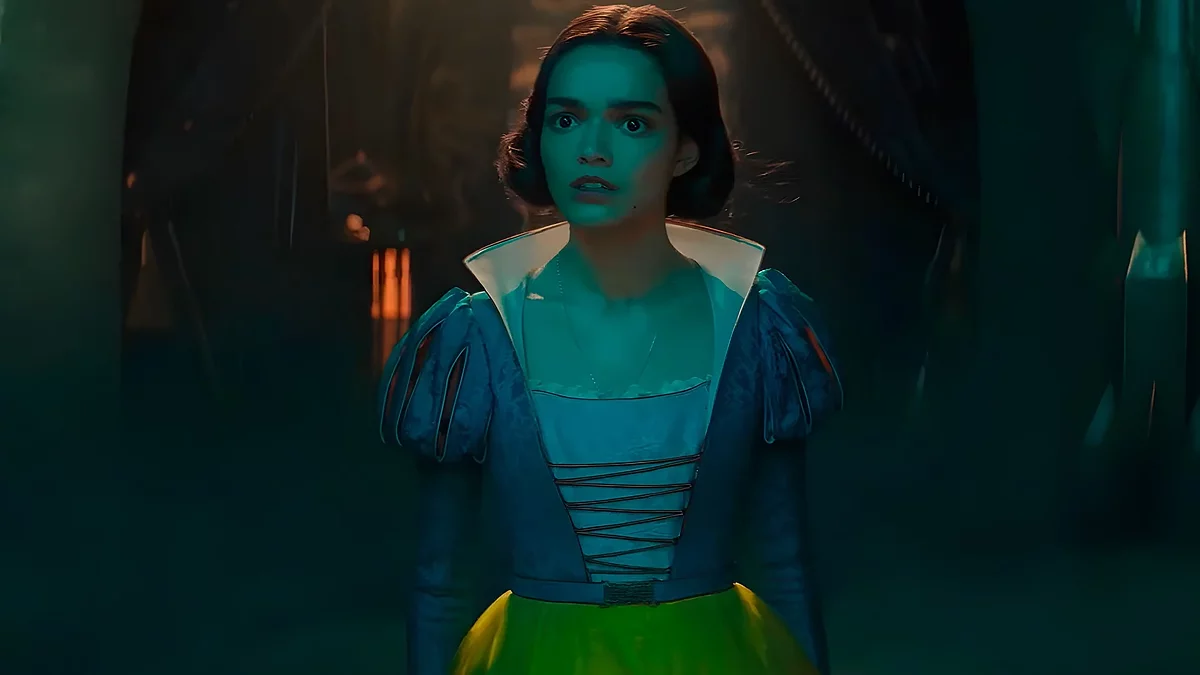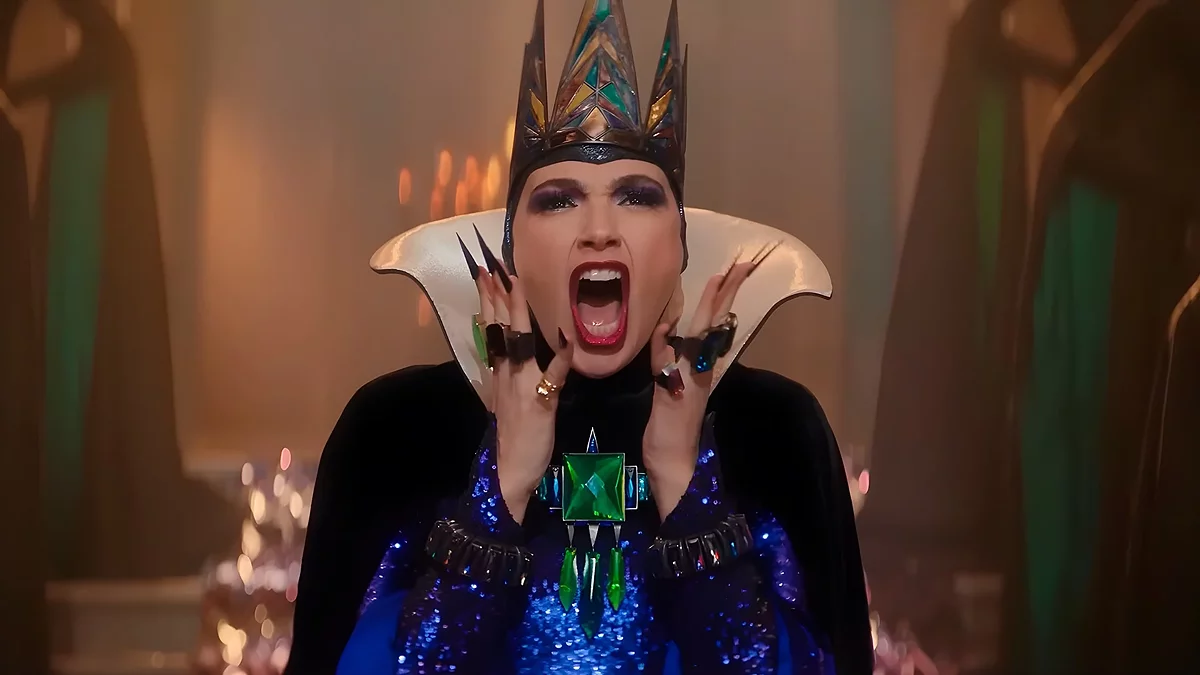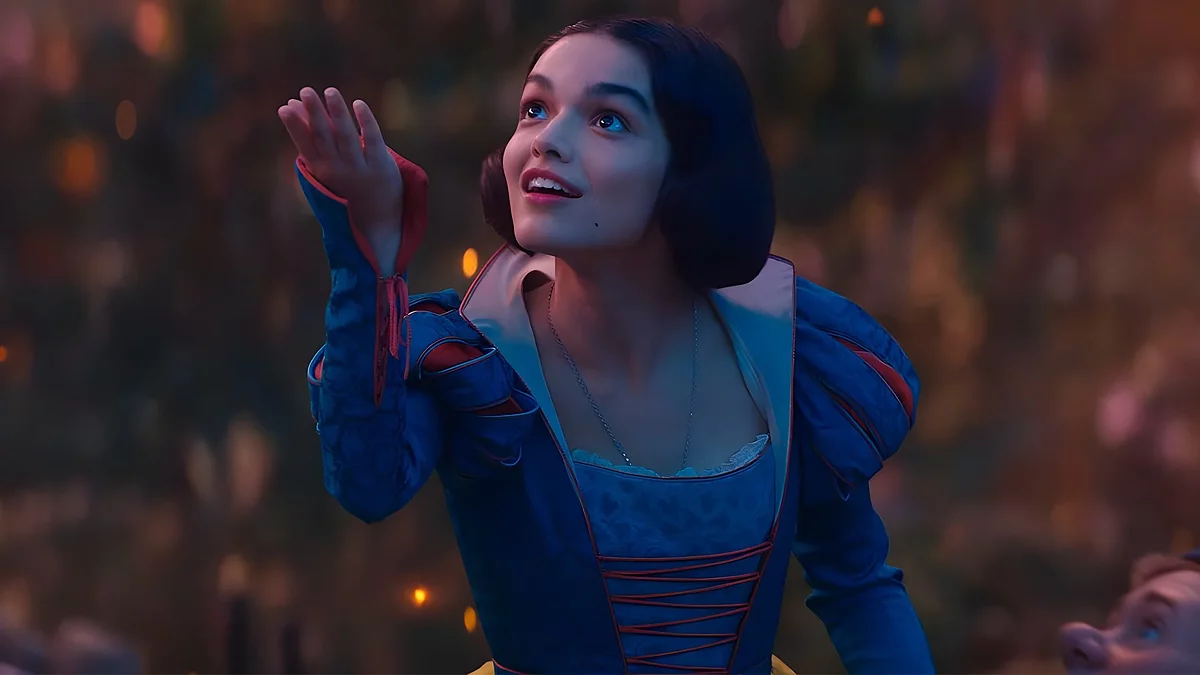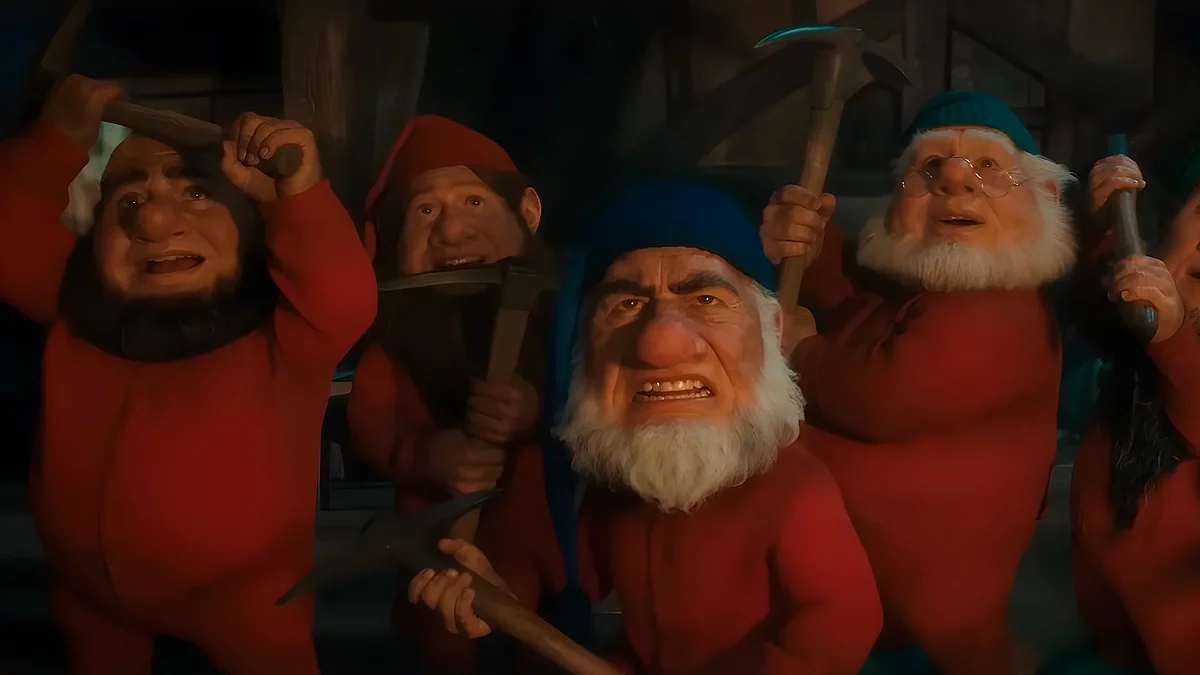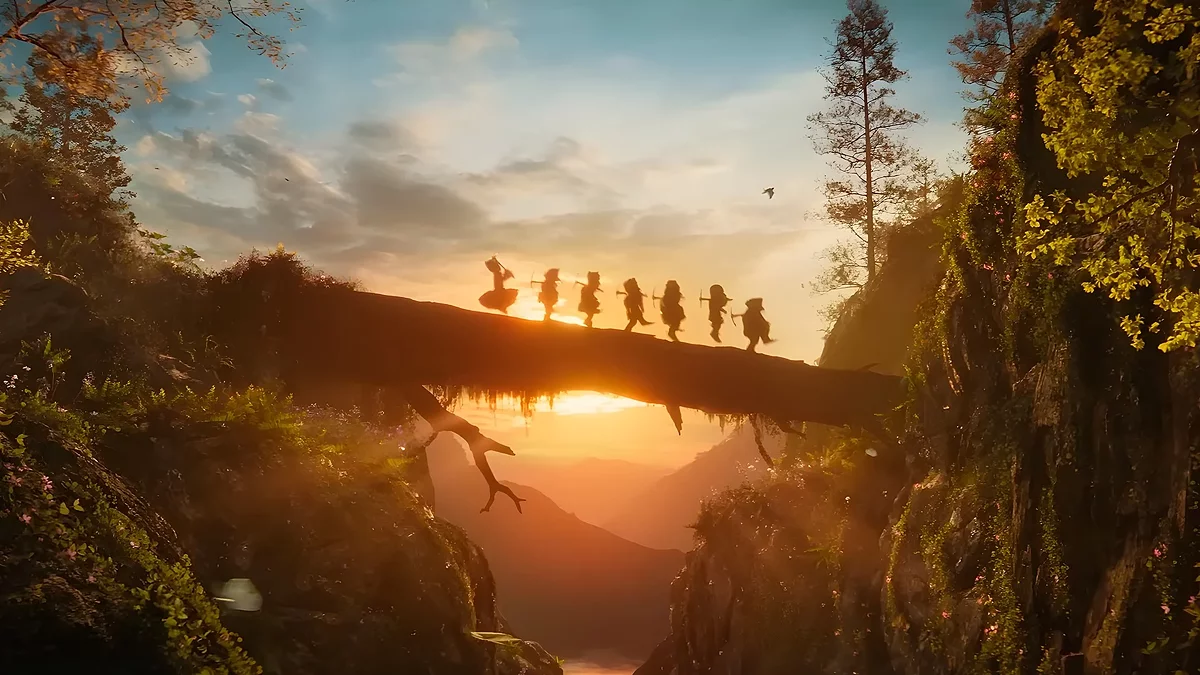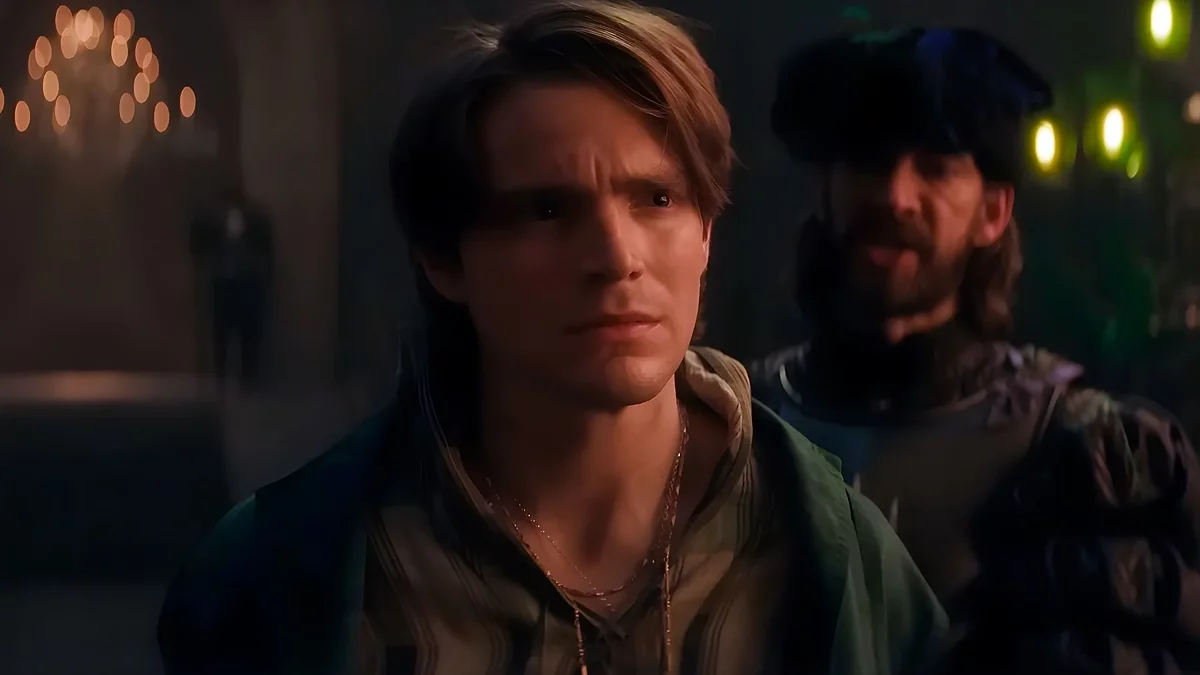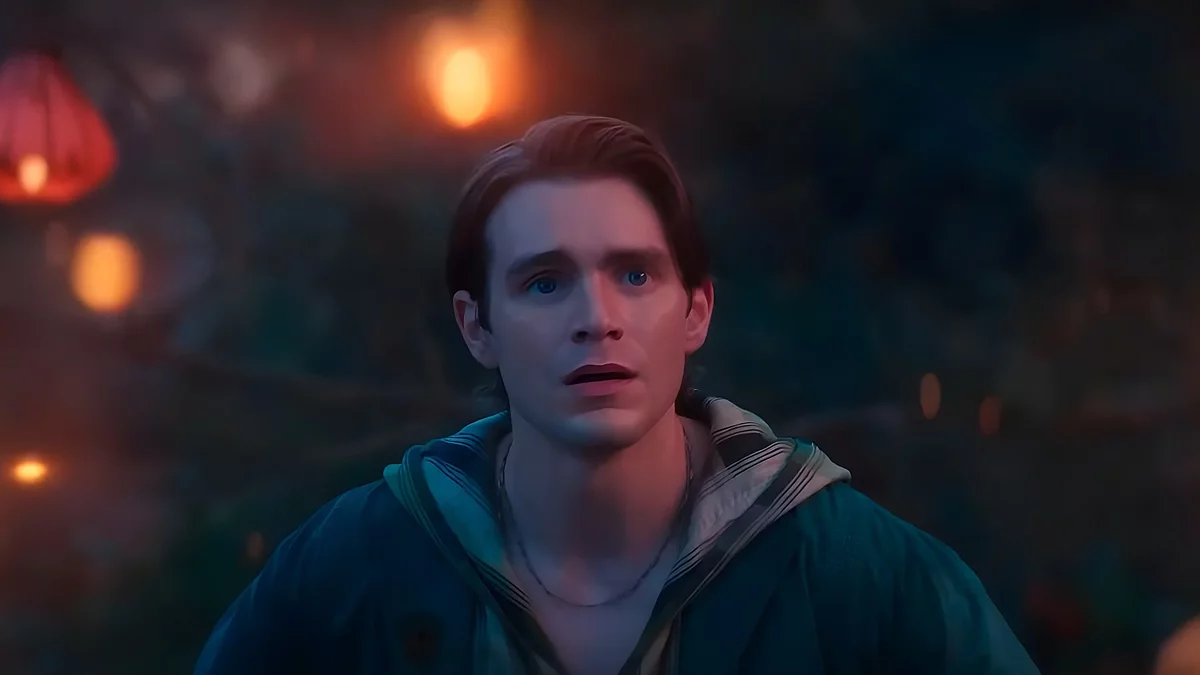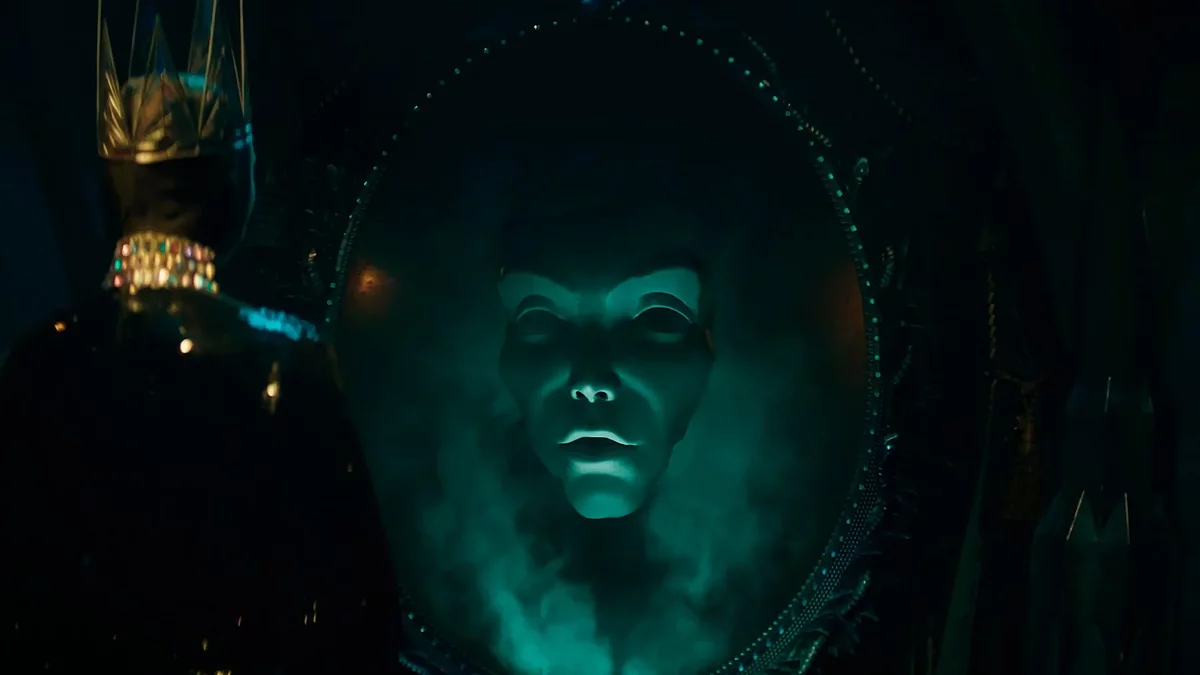We watched the New Snow White: An impressive visual demonstration of the word «mediocre»

Long before its release, Snow White (2025) became one of the most criticized films online. Now that it's in wide release, we can evaluate it. Did Disney create something worthy of viewers' attention, or was the negative backdrop surrounding the film justified? Let's examine!
The Bottom Line
I should clarify that before watching Snow White, I went to the cinema with zero expectations. I hadn't followed the film and was far removed from the scandals related to its production, casting, and filming process. I have no complaints about Rachel Zegler, who plays the lead role, not being "white as snow." Or about which side villain-playing actress Gal Gadot supported in the Arab-Israeli conflict. I'm indifferent to the percentage of Black or Asian characters. But I was certainly convinced that the internet was making much ado about nothing, and that this unhealthy hype was only being amplified by bloggers trying to grow their audience.
Surprisingly, after watching, my impressions even slightly exceeded ground level. My conclusion is this: if you have preschool-aged children and extra time, you can certainly show them this impressive demonstration of the meaning of the word "mediocre." Yes, looking at it impartially, the film isn't as terrible as people say — it's simply an uninspired movie, devoid of coherent ideas and unable to please viewers. There were many professionals involved who all wanted to do their best. They just didn't know how.
Snow White suffers from extremely poor direction, terrible CGI, a plot devoid of any meaning, and actors who didn't put adequate effort into developing their characters. Review aggregators perfectly reflect the general opinion: the IMDb rating reached a "record" 1.6 out of 10, and for many, the new Snow White has become synonymous with the degradation of modern Hollywood. We could also tear it to shreds, but... why bother?
A Tale of Beauty and Power
Now for a detailed analysis for those who enjoy reading.
The original story is based on the idea of power through beauty. The Queen is obsessed with her appearance as a source of control and public admiration. Over time, the mirror, which replaced public opinion, awakens in her jealousy of Snow White's youth, becoming the catalyst for subsequent events. Meanwhile, Snow White herself is unaware of the conflict's existence, doesn't fight for power, beauty, or the throne — she simply lives, showing kindness and care for others. Yes, she has to endure hardship, but she finds friends, support, and discovers herself.
Despite its simple packaging by today's standards, the 1937 Snow White clearly explains an important idea: kindness unites people (and even fairy-tale creatures), while anger and jealousy lead to destruction. The tragedy of a woman who cannot accept the inevitability of aging is easily traced. In her world, the loss of youth means not only the fading of beauty but also the loss of power and influence — thus, falling from the throne and, ultimately, perishing. By trying to prevent this, the Queen only accelerates her downfall.
Ideological Chaos
Need I say that the new version has completely lost all these meanings? In the era of three-second clips, this might be acceptable, but what's disappointing is how it happened. While watching, you catch yourself thinking that the screenwriters didn't even understand the core ideas embedded in the original! They modernized the fairy tale by taking popular trends and arranging them in scenes like food at a buffet.
Here the royal couple dances with commoners, hinting at the importance of unity between power and society. There are no poor or rabble here because a strong social state has been built. The dwarfs work on a strict schedule from nine to six — does the kingdom already have a labor code? The King and Queen explain without embellishment that the princess is destined to be "strong, brave, be herself", with no gender stereotypes!
If in the animated Snow White of '37, the story unfolded in a conditional, almost fairy-tale vacuum, outside social contexts and the will of the people, the new version deliberately clumsily fits the narrative into a more tangible world. There's society, extras of peasants and craftsmen, guards everywhere — but all this is needed only to demonstrate one social message or another.
It shows how people suffer under the oppression of the evil Queen, who exploits natural and human resources in the name of insatiable capitalism, personal glory, and wealth. The people, in the finale, support Snow White in her desire for changes in favor of greater social justice. The dwarfs? The climax occurs without their participation. Snow White convinces the people to rise against the Queen's tyranny, unites the guards, and leads her counterpart to downfall. 'Nuff said.
Should animated classics even be remade?
Structural Flaws
Good cinema doesn't scatter itself across dozens of ideas. Instead, it focuses on one or two key themes that are consistently explained throughout the story. The screenwriters of the new Snow White, however, grab at everything at once, piling up trends and motifs without developing any of them. As a result, from the first minutes, the film loses its integrity and turns into a set of disconnected scenes without a common thread.
Yet the authors had options for productive development of the story in the desired direction. The Queen's acceptance of age, Snow White's growing up, fear of inevitable changes, recognition of one's people's traditions and norms — isn't this a powerful plot layer?
If you want to add politics — embed deep in the plot the idea of the inevitability of political transformations. The Queen can cling to power as much as she wants, but she can't take it with her to the grave. However, destroying the people along with herself is quite possible. Isn't this a threat worthy of the confrontation between Snow White and the seven dwarfs?
If a director knows how to properly structure a narrative, he follow several simple but important rules: characters get enough screen time for development, conflicts evolve gradually, dramatic tension increases, and the story structure remains clear and consistent. Alas, Disney's new Snow White doesn't follow this balance, and the production level is below average: the plot jumps, the rhythm is off, and the characters don't go through a development path.
All scenes are over-polished, nothing stands out as memorable. The artistic design is simply there, neither bad nor impressive. The graphics suffer because the artists couldn't even properly draw the dwarfs, and the direction suffers from an inability to construct drama, think through scenes, and guide actors. A couple of horror elements might scare preschoolers in the theater, but no one older. It's frightening to imagine how the film looked at test screenings, after which it went back for reshoots.
Acting and Strange Decisions
The main character in a good film should change, evolve. But why bother with that here? The King and Queen immediately explain to their daughter that she needs to be strong, independent, and ready for leadership. Yet many expected the creators to preserve Snow White's main traits—her caring nature, kindness, gentleness — and allow her to gradually learn to understand the world around her, respect traditions without losing her desire for change.
Instead, the film fills the screen with symbols and themes to match the modern cultural and social expectations of the audience, though it never shows how the heroine arrived at her final state. There's no struggle, no internal conflict, no resistance — she just suddenly finds herself ready for the final confrontation. With the snap of a finger.
After watching, I was left with a vague impression of who the Queen is, why she's dangerous, what relationship she has to Snow White, and which path the heroine took to the finale. Everything is presented as superficially as possible, as if the screenwriters didn't even think about these questions.
Rachel Zegler as Snow White doesn't evoke particular emotions — for most of the runtime, she delivers pompous speeches or complains about life. Gal Gadot didn't pull off the role of the Queen — her acting is mediocre and tasteless. A Disney antagonist should be bright and charismatic, but this Queen doesn't inspire fear at all. Everyone says she's evil incarnate, but throughout the film, she only makes unconvincing threats.
The role of the dwarfs in the new film is purely functional: to give the heroine shelter, strengthen her character, mourn after her passing. No character development, just lonely bachelors portrayed as clumsy slobs unable to create order without a strong female will. In the 1937 cartoon, each dwarf received more attention, their personalities were carefully crafted. And I don't even want to comment on how unnatural and awkward these CGI dwarfs look. The decision not to use actors with dwarfism in such a film is one of the most unprofessional.
If you had the chance to fix one aspect of the movie Snow White, what would you change?
The attempt to revive a familiar story by introducing additional "extra characters" — referring to seven bandits led by prince-bandit Jonathan — only highlighted the lack of clear vision and thoughtful screenplay. Initially, they were supposed to replace those very dwarfs, but later Disney abandoned the idea and brought back the dwarfs, keeping the already filmed material with the gang of fools in two episodes.
Although the leader here plays the role of the prince who will meet Snow White before the finale, he turned out to be a fifth wheel, which doesn't play a significant role in the global plot, but without him, the plot doesn't move anywhere. This is not to mention the scene in which the gang of robbers unites with the dwarfs and Snow White, creating an idyllic atmosphere of clinical idiocy.
***
The original Snow White was created with the calculation not only for children but also for an adult audience — it raised serious themes, created drama, intensified fear, and gave hope. There's nothing like that in the new film. On all key aspects of the genre — script, locations, graphics, cinematography, direction — this is a failed film. A failure even without internet scandals.

